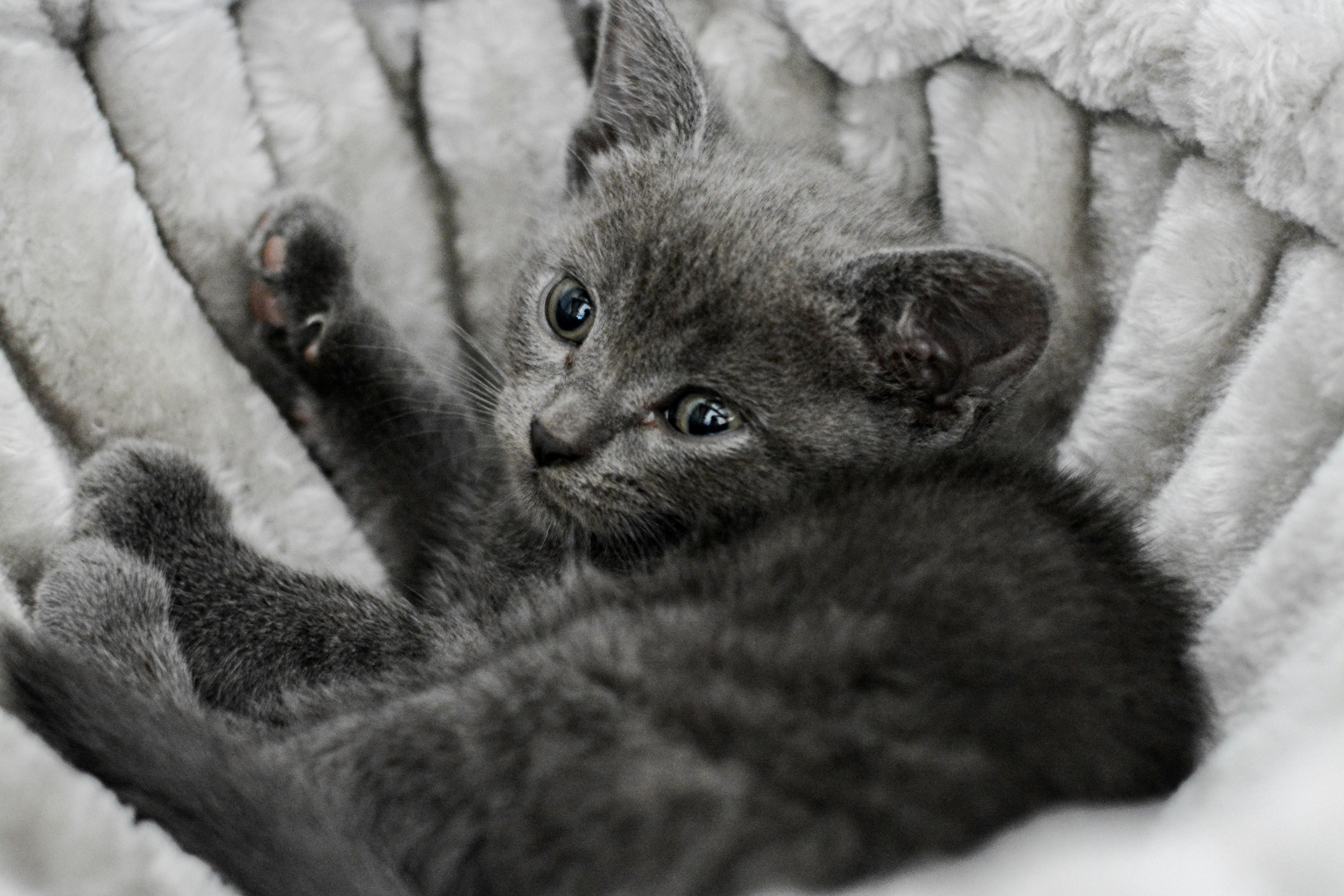If you think that a stuffed bat should only come out on Halloween, you are wrong. For those who rank bats right up there with teddy bears, a bat stuffed animal should be available any time of year.
While we often take animals in the wild for granted, thinking they will be here forever, we forget that they are susceptible to life-threatening diseases just like humans. White nose syndrome is a fungus that kills bats and there are at least nine species of bats in the United States most affected by it.
According to a leading expert [on bats] who works for the USDA Forest Service’s Southern Research Station, bats living in the states of Georgia, North Carolina, South Carolina, Kentucky and Tennessee are most affected. Additionally, the fungus appears to be spreading at an alarming rate in much of the northeastern United States.
Susan Loeb, Ph.D., a veteran wildlife researcher, says that “in the five states where most of my research is focused, brown bats and Indiana bats are among the most threatened by the WNS, meaning their populations could be severely decimated or become extinct.” Loeb is also very concerned about other bat species, including little-footed bats, northern long-eared bats, and eastern pipistrelas, either because their populations are small or they are more likely, compared to other bat species, to catch the fungus, or both. In addition, the fungus could also spread to the Virginia long-eared bat, Rafinesque long-eared bat, gray bat, and southeastern long-eared bat.
The role of bats in forests and other landscapes is crucial, keeping them productive and healthy. In a single night, just five bats can consume thousands of mosquito-sized insects. Bats living in tropical and subtropical regions are responsible for pollinating a variety of agricultural plants and dispersing seeds. Due to habitat destruction and/or loss, and both degradation and disturbance of maternity roosts, bat populations in the United States have generally declined over the years.
Susan Loeb is just one of many scientists studying bat populations specifically in relation to the spread of the WNS fungus. As Loeb’s research tracks bat migration, she will help monitor and spread WNS in the South. As for the East, Loeb is also working on a bat database that will give researchers information on various bat distributions and movements to better understand how WNS is spreading. So far, WNS is confirmed in 11 states: Connecticut, Maryland, Massachusetts, New Hampshire, New Jersey, New York, Pennsylvania, Vermont, Virginia, West Virginia, and Tennessee, and has also reached Canada.
A bat stuffed animal is lucky to never be susceptible to disease, but its reputation in the world of stuffed toys isn’t exactly on par with the ever-popular teddy bear. It takes a certain type of person to pick out a bat stuffed animal, but once you’ve done that, you’ll wonder what took you so long.
Copyright Shelley Vassall, 2010.




